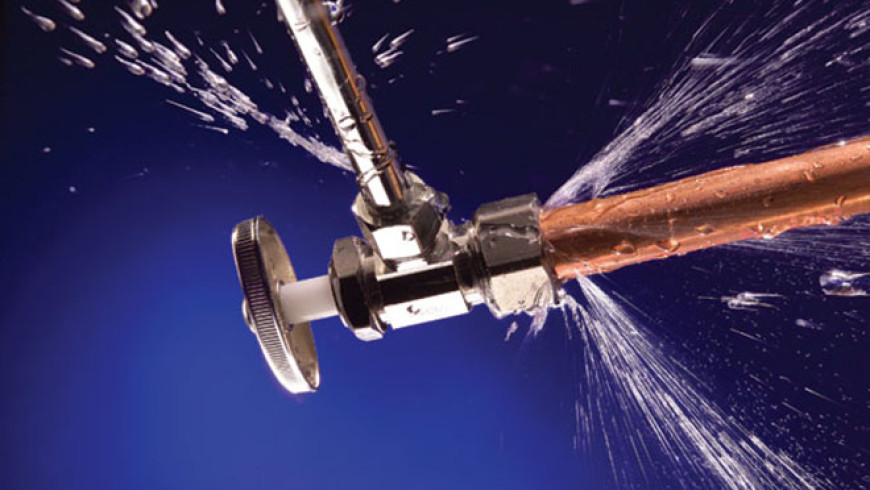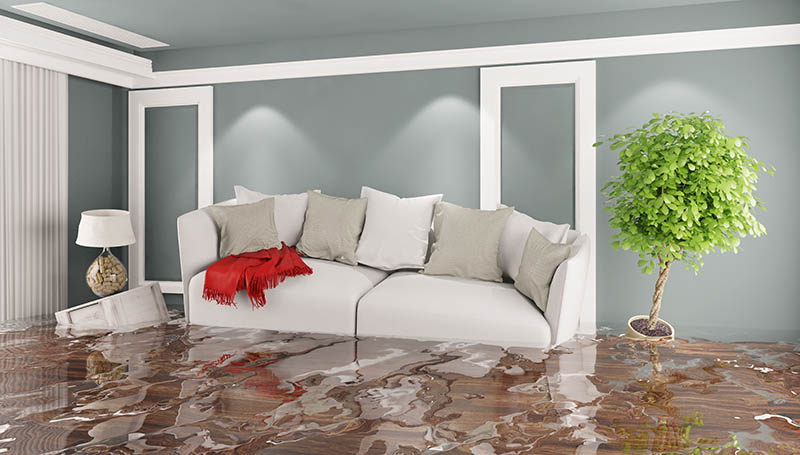The article which follows relating to How to detect water leaks in your home is pretty much compelling. Check it out yourself and decide what you think of it.

Leakages not just trigger waste of water but can likewise create unnecessary damage to your house and promote undesirable natural growth. By looking and also recognizing for everyday circumstances that create leakages, you can protect your home from future leakages as well as unneeded damage.
Instant temperature level changes.
Extreme temperature level modifications in our pipes can create them to broaden and also get suddenly. This development and also contraction might trigger splits in the pipelines, specifically if the temperature are below freezing. If you kept an eye on how your plumbing functions, it would certainly be best. The visibility of the previously mentioned circumstances frequently shows a high threat.
Corroded water systems
As time goes by, your plumbing system ages as well as rust such as rust may begin eating away the pipes. This might be the source of discoloration or warping on your pipes. This calls for an inspection with your plumber instantly. If our plumbing system is old, think about changing the pipelines given that they are at a higher threat of deterioration than the more recent designs.
Faulty Pipe Joints
The point at which your pipelines connect is regularly the weakest web link in the waterline. Pipeline joints can wear away over time, causing water leaks. Sadly, most of pipe joints are not conveniently visible. If you have loud pipes that make ticking or banging sounds, specifically when the warm water is turned on, your pipe joints are probably under a great deal of stress. It is advisable to have your plumber inspect your system annually.
Elbowing in roots
Many water leaks start outside the residence instead than inside it. You might discover damp spots or sinkholes in your yard, and that could mean that tree roots are invading water lines triggering water to leak out.
Poor Water Connectors
At times, a leakage can be created by loosened hoses and pipelines that supply your devices. In instance of a water links leak, you may observe water running straight from the supply line or puddles around your appliances.
Obstructed Drains
Obstructed drains could be irritating as well as inconveniencing, yet they can occasionally wind up creating an overflow resulting in break pipelines. Keep getting rid of any type of materials that might drop your drains that can clog them to prevent such troubles.
All the above are root causes of leaks however not all water leaks result from plumbing leaks; some leaks might originate from roof covering leaks. All leakages ought to be repaired instantly to prevent water damage.
Leakages not only cause waste of water however can also create unneeded damage to your house and also promote undesirable natural growth. By looking and understanding for day-to-day circumstances that cause leakages, you can shield your residence from future leaks as well as unneeded damages. Today, we will certainly look at six leakage triggers that might be triggering your pipes to drip.
At times, a leak can be caused by loosened tubes and pipes that provide your home appliances. In situation of a water connections leakage, you may notice water running directly from the supply line or pools around your home appliances.
How To Check For Water Leak In Your Home
How To Check for Leaks
The average household's leaks can account for nearly 10,000 gallons of water wasted every year and ten percent of homes have leaks that waste 90 gallons or more per day. Common types of leaks found in the home are worn toilet flappers, dripping faucets, and other leaking valves. These types of leaks are often easy to fix, requiring only a few tools and hardware that can pay for themselves in water savings. Fixing easily corrected household water leaks can save homeowners about 10 percent on their water bills.
To check for leaks in your home, you first need to determine whether you're wasting water and then identify the source of the leak. Here are some tips for finding leaks:
Take a look at your water usage during a colder month, such as January or February. If a family of four exceeds 12,000 gallons per month, there are serious leaks.
Check your water meter before and after a two-hour period when no water is being used. If the meter changes at all, you probably have a leak.
Identify toilet leaks by placing a drop of food coloring in the toilet tank. If any color shows up in the bowl after 10 minutes, you have a leak. (Be sure to flush immediately after the experiment to avoid staining the tank.)
Examine faucet gaskets and pipe fittings for any water on the outside of the pipe to check for surface leaks.
Undetected water leaks can happen without the home or business owner even realizing. If you suspect a water leak, but not able to find the source. It is time to contact a professional water leak detection service, The Leak Doctor.
How To Find a Water Leak In Your Home
https://www.leakdoctor.com/blog/How-To-Check-For-Water-Leak-In-Your-Home_AE197.html

We were introduced to that write-up on Top Causes of Home Water Leaks from a friend on another website. In case you enjoyed our blog post please make sure you remember to share it. Many thanks for your time. Please stop by our site back soon.
Overflow resolution available.
Comments on “Identifying the Top Reasons for Drips in The Home”